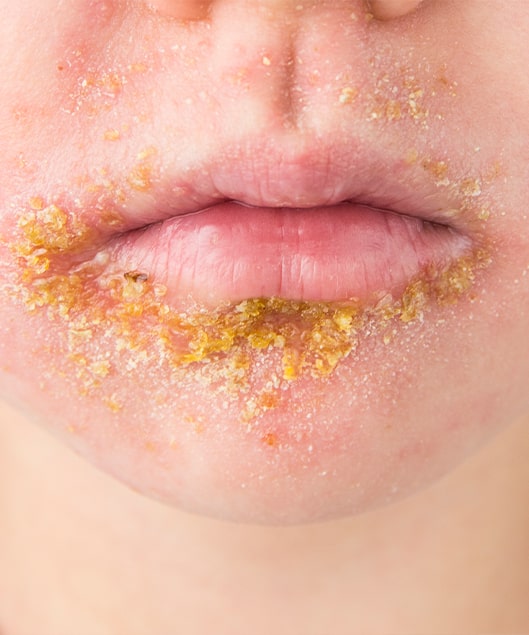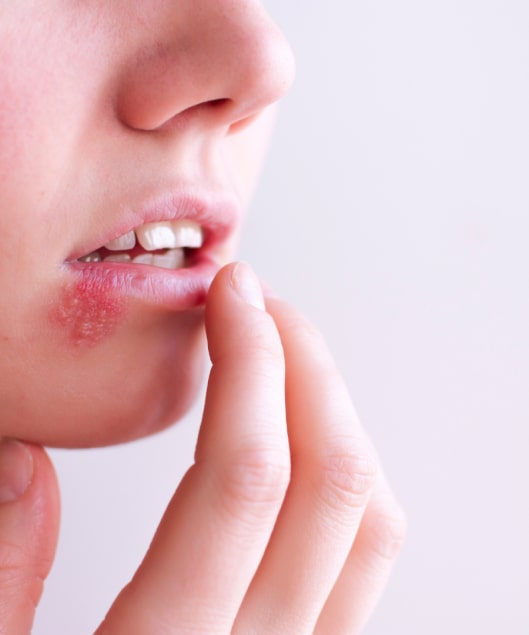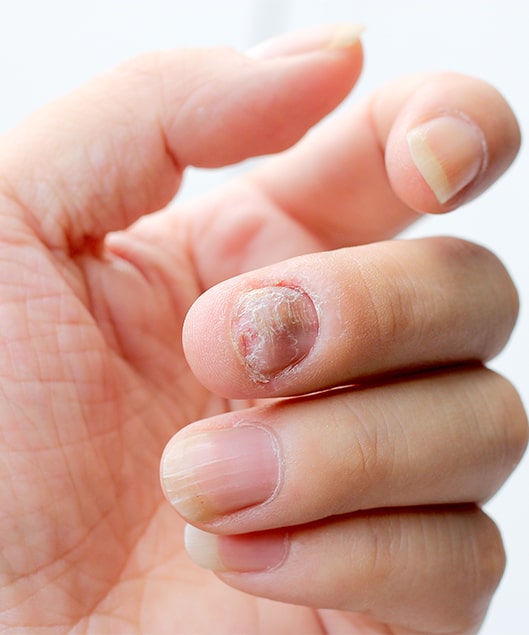At the 3DERM Polyclinic, we treat skin diseases caused by infectious agents, i.e. bacteria, viruses and fungi.
(Streptococcus and staphylococcus)
Most common bacterial skin diseases are erysipelas, i.e. red wind, which causes beta-hemolytic streptococcus. It manifests itself in reddening of the skin, which is accompanied by temperature, chills and shivering. It is treated with systemic antibiotics.
Golden Staphylococcus is also a common cause of skin infections in the form of impetigo, which is manifested by blisters and scabs on the face, around the mouth and nose, and folliculitis, furuncles and carbuncles, which affect the hair follicle and appear as smaller or larger purulent pink nodules.
Bacterial skin diseases depend on the type and individual characteristics of the patient, and are treated with local and systemic antibiotics.


(Warts and herpes)
Most common viral skin diseases are viral wartswhich appear on the hands, feet and face and are treated with cryotherapy or electrocoagulation, and molluscsnodules with a waxy shine, which we find in children and are treated by excochleation.
Patients turn to us for help with other viral skin diseases such as herpes simplex infection with the formation of grouped bubbles on the lips or genitals, and herpes zoster where blisters and blisters occur linearly across the skin along specific dermatomes.
Viral skin diseases caused by herpes viruses are treated with the use of acyclovir in the form of tablets or cream.
(Skin, hair and nails)
Fungal diseases can affect the skin, hair and nails. On the skin, they are seen as pink changes that spread at the edges and disappear in the center, so that typical pink-limited rings appear.
While fungal infections of the scalp are more common in children, arising in contact with an infected cat, and are seen in the form of round foci of scaling and broken hairs, gljivične infekcije noktiju are presented as discoloration and thickening of the nail plate.
They are treated with local and systemic antifungals.
